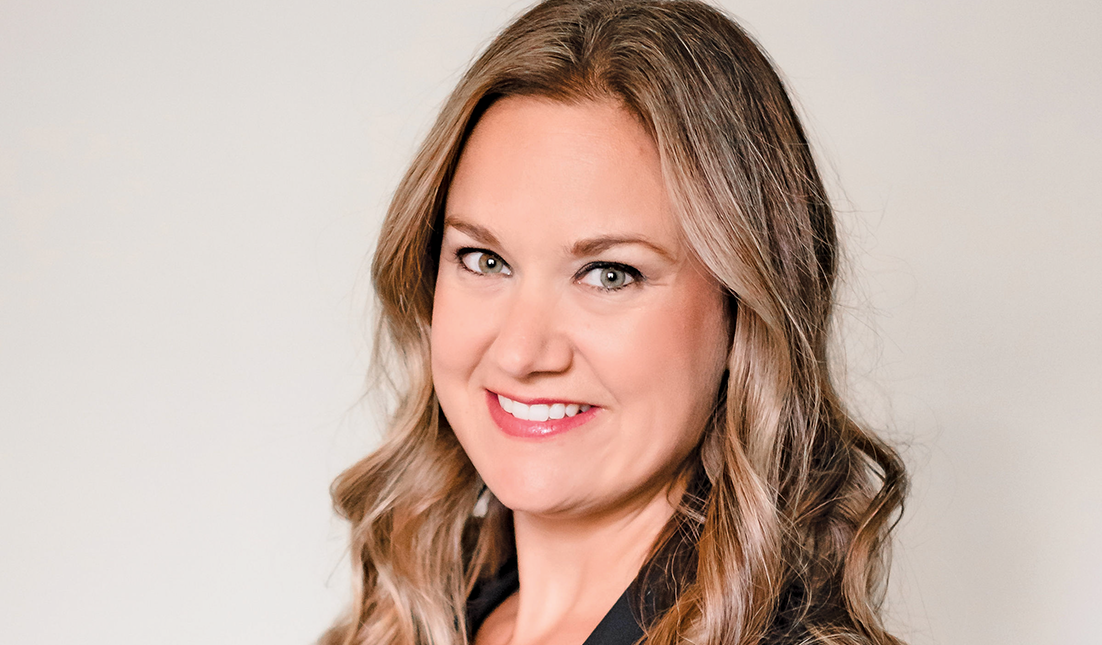An action plan for sailing into 2011
 By Jim Ackerman, President, Ascend Marketing Inc. — “Plan your work and work your plan.”
By Jim Ackerman, President, Ascend Marketing Inc. — “Plan your work and work your plan.”
An old saying and sound advice. And nowhere is planning more essential than marketing, advertising and sales. As you sail toward the 2011 season, have you completed your marketing plan? If you have, great. If not, don’t worry. Here’s help…
Here are three futile ways to plan, and two strong approaches for making sure your plans actually get implemented for the new season…
FUTILE METHOD #1: The no-plan method. Classic, seat-of-the-pants, unproductive, and you’ll discover nothing you can use in the future. If this is your method, you’re doomed to play on the field of mediocrity throughout your career.
FUTILE METHOD #2: The way we’ve always done it. When you always do what you’ve always done, you’ll always get what you’ve always got – or even less if outside forces are working against you, like today’s weak economy.
FUTILE METHOD #3: The one-dimensional plan. If your entire marketing, advertising, and sales program is focused on bringing in new customers, you’re one-dimensional, and you’re ignoring the fastest, easiest, most cost-effective ways to bring in new revenues and profits. You’re forgetting about increasing your average transaction and getting existing customers to come back more often.
PRODUCTIVE METHOD #1: Objective-based planning. In this process, you define specific goals for increasing revenues in all three areas of business growth; bringing in new customers, boosting your average transaction, and increasing frequency of purchase, among existing clients. Then you develop specific programs for achieving each goal, fund them, calendar them, and execute them according to schedule.
A good, comprehensive marketing plan will include the following:
- A situation analysis – A look at where you stand in terms of competition, product strengths, trends in the marketplace, past performance, etc.
- Objectives report – Identify your sales and revenue goals, market share targets, awareness levels, average transaction size, and frequency of purchase targets.
- Strategies report – Define the strategic approaches to reaching your objectives. These include looking at changes in your products or services, pricing strategy, collaborative ventures, media, testing and tracking protocols, etc. Examples might include deciding/recognizing whether you are an entry level, specialty, up scale, or full service shop. Deciding how and where to promote also falls into this category, like boat shows, broadcast or print media, direct mail, joint ventures with complimentary, non-competing businesses, etc.
- Tactical priority list – Identify specific projects, promotions or campaigns to implement your strategic initiatives. Plan your projects in all three areas of growth, then prioritize them in descending order of importance. Examples might include an after-hours private sale for existing clients, a specific radio campaign, a big splash at an upcoming boat show, or a special incentive program for a joint venture partner’s customers.
- Budget – Until now, you’ve been focused on priorities. Now, simply look at your most important priority and fully fund it. Then go down the list from most important to least, and fully fund each project until you run out of projected marketing money.
- Schedule – Finally, put it all on a schedule so you can see what needs to be done on a week-by-week basis, and what it will cost on a weekly basis.
Who is going to do all this? Well, operators who want to be the most successful they can be, that’s who. This kind of planning is tough because it requires discipline.
But what if you haven’t done that kind of planning? What if you can’t take that kind of time at this late date? There is an alternative…
PRODUCTIVE METHOD #2: The 30-Day Action Plan
For many, this may be the most productive method of all. In fact, this may be incorporated into your full marketing plan to make sure things actually get done.
Here’s the “bite at a time, elephant-eating” process…
1. Begin with your highest priority marketing, advertising, or sales project, and identify a date no more than 30 days out when that project will be implemented. For example, if you’re looking at a major Boat, Sports, and Travel show, for which you’re already registered, you know when you have to start getting the details ready.
2. Break the project down into steps. These are essential milestones that must be met to implement the project; developing offers, arranging your display, developing “hand-outs”, attention getters, staffing your booth, lead gathering and follow-up, and so on.
3. Make a decision about how much time you must spend EVERY DAY, to complete the steps by the deadline you’ve set. The every day bit is critical. If you don’t allocate time every single day, you’ll never develop the habit of working on this stuff and odds are most of it will never get done. Make it the same 30 minutes or hour every day, to form a habit. Like right after lunch EVERY day.
4. Stick to your schedule. If you determine it will take 30 minutes a day, work on the project for that 30 minutes and then get back to your other duties. If you think it’ll take an hour, plan for an hour. Don’t go over two hours. You’ll burn out. If you miss a day, don’t try to make it up by working twice as long on the project the next day. Just understand that your schedule will slip a day because of the day you missed. Don’t get discouraged or down on yourself either. Just keep plugging away.
5. Implement your project with joy and celebration and start tracking your results.
6. Pick another project and begin the process over again.
Do you have more than 12 projects on the board for the year? You may have to delegate certain projects or tasks to others. Just make sure they’re also on a back-timed, 30-day plan too. You’ll be amazed at what can get done.
It’s all about planning your work and working your plan, yes. But it’s about more than that. It’s also about reaping the rewards of a well-thought-out, sensible approach to growing your business.
Jim Ackerman is a marketing consultant, speaker, and president of Ascend Marketing, Inc., Salt Lake City, Utah. Find out more at www.marketingspeakerjimackerman.com. For a free marketing plan spreadsheet, send your request to mail@ascendmarketing.com, or call 800.584.7585.



